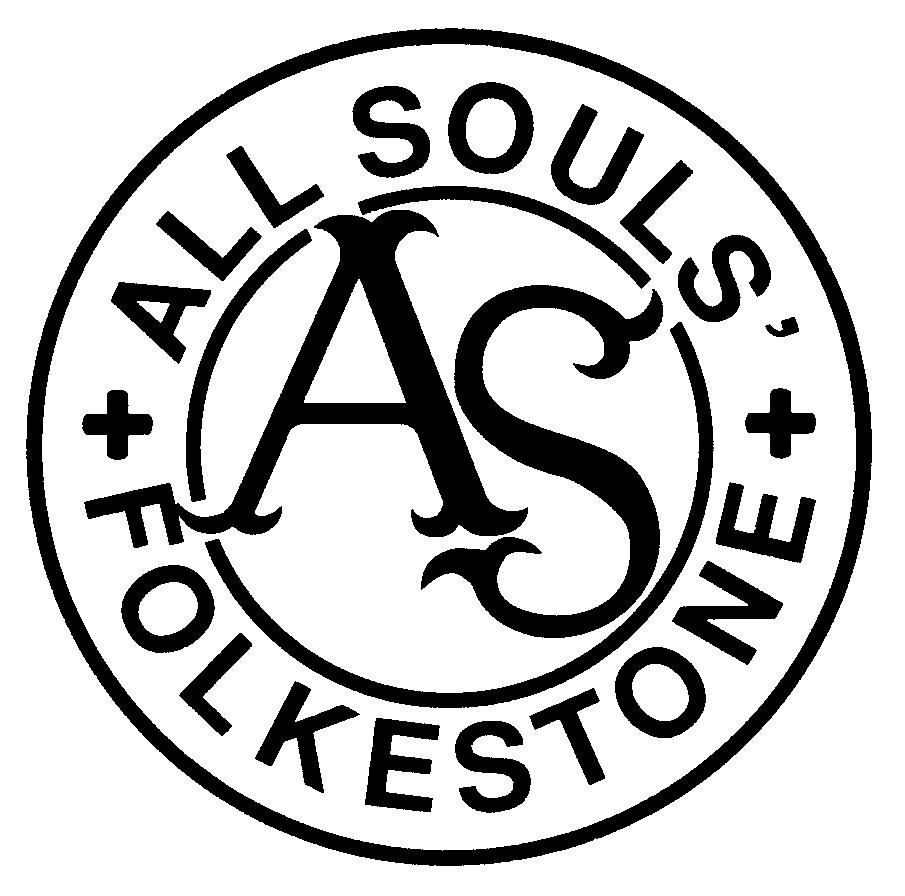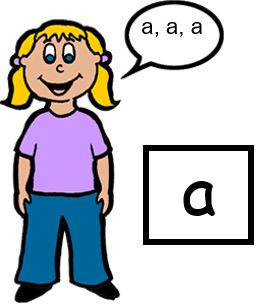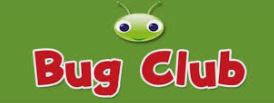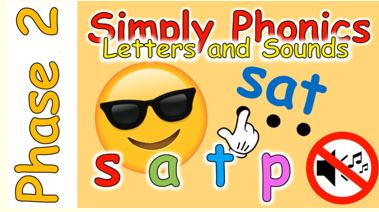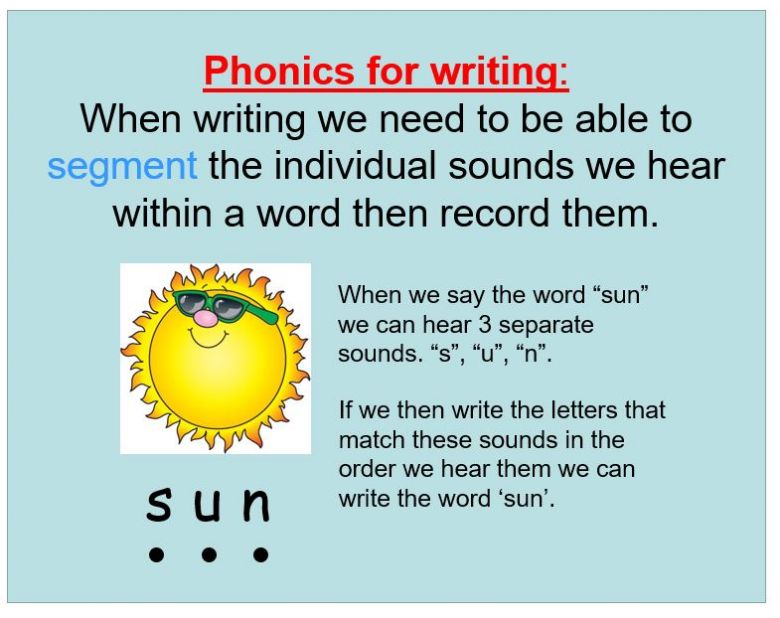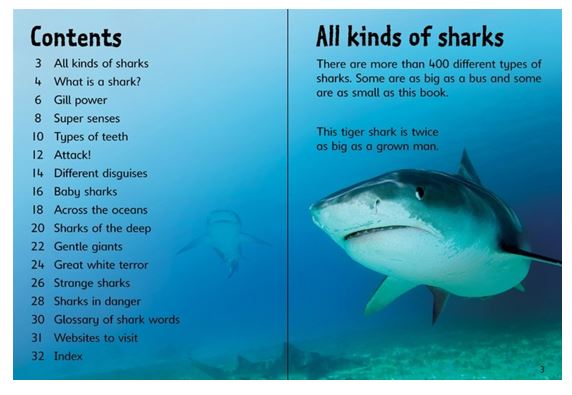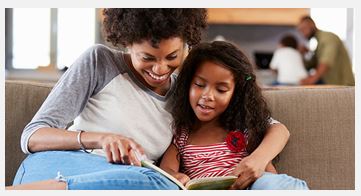Reading and Phonics
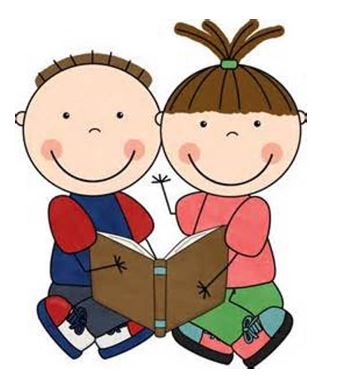 Reading and Phonics
Reading and Phonics
We appreciate that many Parents/ Carers can feel a little unsure when supporting their child to develop their reading and phonic skills at home. Unfamiliar terminology may make you a little apprehensive and the notion of doing something 'wrong' may fill you with dread but please... don't panic!
Read on to find a step-by-step guide, designed to help you get to grips with the wonderful world of phonics, plus useful tips and ideas in how you can make a real difference at home and help us create a class of confident, inquisitive and independent young readers!
Phonics (the basics)
What is 'phonics'?
Phonics is simply the teaching and learning of letter sounds (known as phonemes) as an aid to support reading and writing.
Children learn to hear and say the different sounds (phonemes) and match them to the written letters (known as graphemes).
'Pure' sounds:
As we teach each sound it is important we use what we call 'pure' sounds. Although the term may seem complex it is fairly straight forward. Basically, don't add 'uh' to the end of the sound as you say it, for example...
's' makes the long sound 'ssssss' as if a snake was hissing rather than a short sound 'suh'.
sssssssssss
At All Souls', we follow the 'Bug Club' phonics programme to teach each letter sound, however, we also use actions alongside our teaching as we have found that these actions help to reinforce the 'pure' sounds needed. You can find support in hearing each 'pure' sound and the actions we use alongside Bug Club phonics by clicking on the links below...

or watch the 'Mister Teach' videos on YouTube:
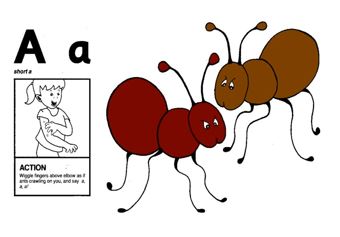
Digraphs and Trigraphs:
In the alphabet there are 26 letters and therefore 26 single letter sounds. We can make new letter sounds by grouping certain letters together...
'Digraphs' are made of 2 letters such as 'ch', 'th', 'sh', 'ee', 'oo'.
'Trigraphs' are made of 3 letters such as 'igh', 'ear', 'ure'.
Once we become familiar with the letter sounds and the written letter forms we can begin to use our phonic knowledge to help us to read and write!
In the example above the child would read each sound in turn..."c" "a" "t" and blend them to hear, then say, the word "cat".
Just a note: Blending takes time and practice. Children may find the skill of 'blending' the sounds together to hear the word quite tricky, especially if they leave long gaps between the different sounds as they say them. You can support them in this by modelling how to say the sounds closer together so that the sounds literally 'blend' into each other. This makes it much easier for the ear to hear the word.
Tricky words
'Tricky' words are words that do not seem to follow the rules of phonics! They cannot be read by 'blending' the sounds together or written by 'segmenting' the sounds heard. Instead, we learn to read these words as a 'whole' and by sight.
'go', 'the', 'was', 'have', are all examples of 'tricky' words
In our phonic sessions, and at other opportunities throughout the week, we play games with these words to help us recognise them so that we can spot them quickly in our reading books.
The tricky words your child is currently learning will be sent home on a bookmark attached to their reading log book. You can support them to learn these words at home with a variety of games such as a tricky word hunt in the garden, turning them into a game of 'snap' or 'pairs', tricky word bingo, making targets with tricky words on them and squirting them with a water pistol etc..etc.. The internet is a great source of inventive and fun ideas to make learning these words fun!
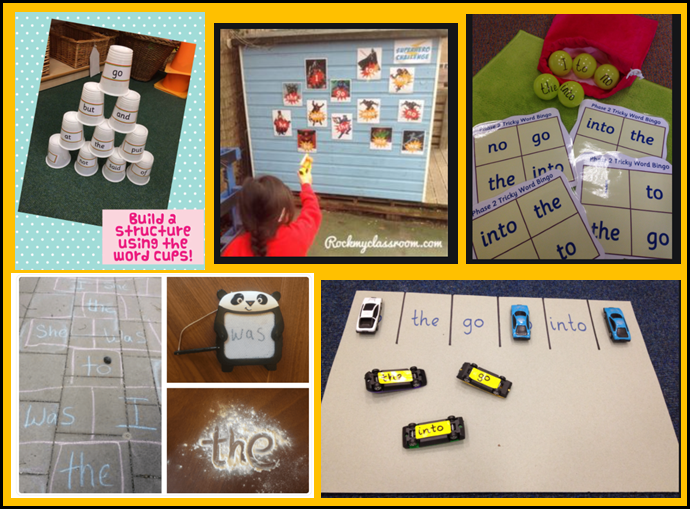
Reading Books:
Phonics certainly has a role to play when learning to read. The current guidelines, set out for all schools, in the teaching of reading reinforce this fact. The reading books your child now brings home with them from school will be 'decodable'- put simply it means that all the text within the book can be decoded and blended without any need to 'guess' what the words may be. The advantage of such books can enable children to read with greater independence from the very beginning of their reading journey and supports fluency in their reading too.
Take a look...
Your child will bring home a Bug Club reading book twice a week. The books they bring home will be matched to the phonic sounds they currently know, so your child will not need you to sound out or read anything for them. Reading and re-reading these books will encourage fluency in your child's reading which in turn will boost their confidence in their own reading abilities. Grown-ups: your role is one of enthusiastic supporter! Praise your child for their reading efforts. Although the books in the early days (with their limited vocabulary) can appear a little 'dry', take time to talk about the events in the book. Ask questions about what happened and why. Discuss how the book made them feel or whether they enjoyed or disliked the book. Do the events link to something they have done in their own life experiences?
As part of the Bug Club phonic scheme, your child will also have access to a number of phonic books, games and activities on their online platform. When your child starts school they will receive a login and password to help them access these. Again, the books and resources provided online will match their current phonic knowledge. The online platform has a 'grown-ups' link to provide information and support to all our parents.
Your child's phonic knowledge is assessed regularly to ensure the books they bring home and have access to online are matched to their current abilities.
Shared Books and Book Talk:
Reading books should not be the only experience your child encounters on their reading journey. "Real books" enable children to engage with a greater variety of characters and be exposed to more complex vocabulary and story lines. These books also offer opportunities to develop further reading skills...
"Book Talk" such as this promotes communication and thinking skills, leading to better understanding.
And don't forget about non-fiction books!
Books without words:
It may have already happened...your child has brought home a reading book, you open it up and the cry of "there's no words!" is heard. However, these books are great for language development and they can promote story telling skills!
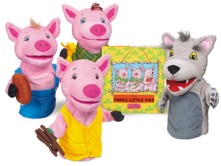
Story telling is a great skill! It improves imagination, there are no restrictions on the use of language and vocabulary (so instead of introducing the 'big' bad wolf, it could be the 'gigantic' bad wolf, or the 'massive' bad wolf, or even the 'colossal' bad wolf!), when story telling is shared it can promote turn taking and listening skills. Story telling also supports sequencing and ordering skills...plus it's fun!
Why not make a story telling bag from an old pillowcase? Fill it with puppets/ objects and get story telling. Will it be a funny story? A story to make us shudder or an adventure story with a brave superhero? The only limit is your imagination.
And finally...
Lead by example. If children see you reading for enjoyment they will too.
Remember... reading can happen anywhere... when you are out and about read signs, posters, shopping lists, cafe menus etc..
Take time every day to enjoy a good book. Find a quiet, cosy spot free from distractions and become lost in an imaginary world!
Don't become frustrated if your child is reluctant to read at times. They may be tired. Rather than battle with their reading book play a fun game that supports the same reading skills. I will add new games to the link on the right hand menu as the terms progress.
Whatever you manage to do at home to continue the reading journey it is certainly valued and I would personally like to say a huge "Thank you!" for your support. If you have any questions/ queries in helping your child learn to read do please let me know.
Mrs Chapman
mchapman@allsouls.kent.sch.uk
